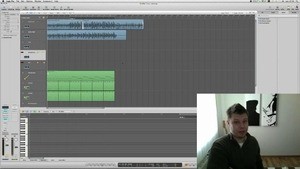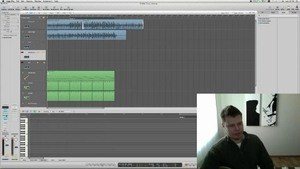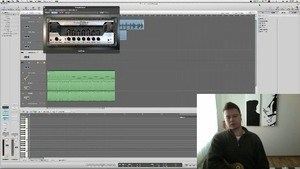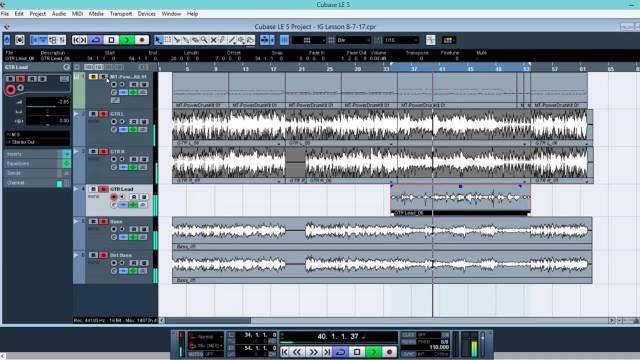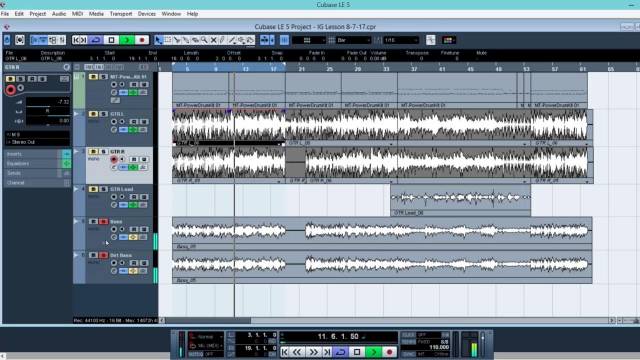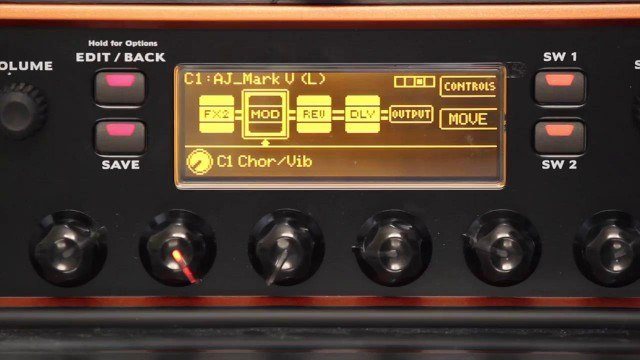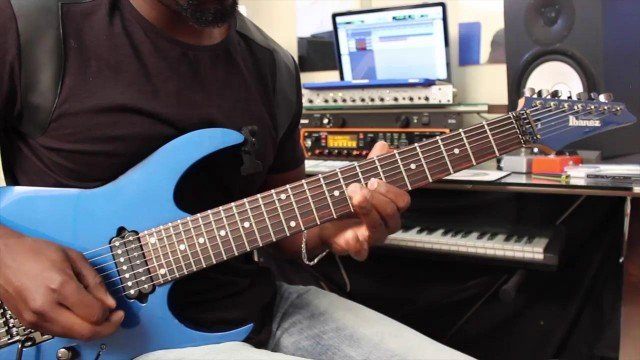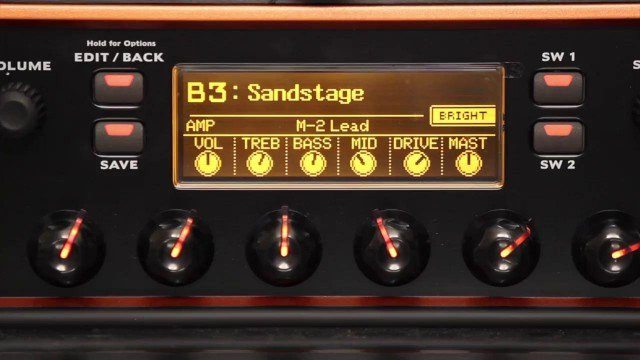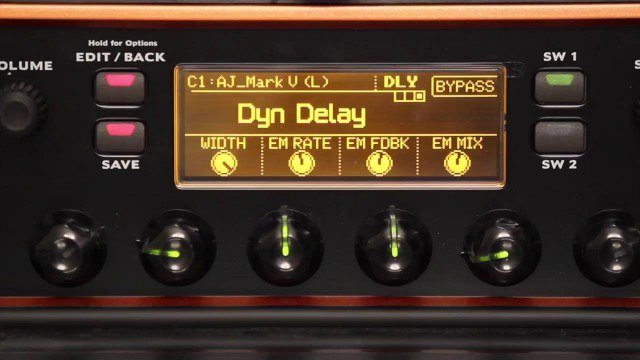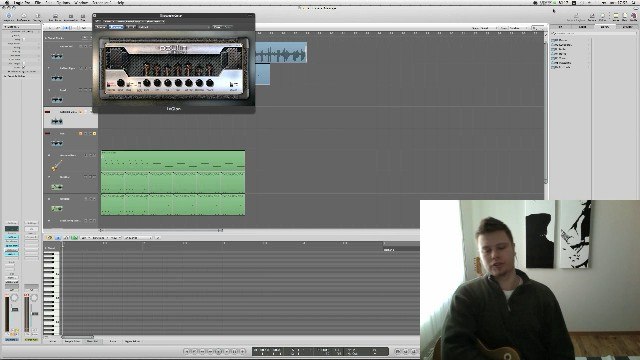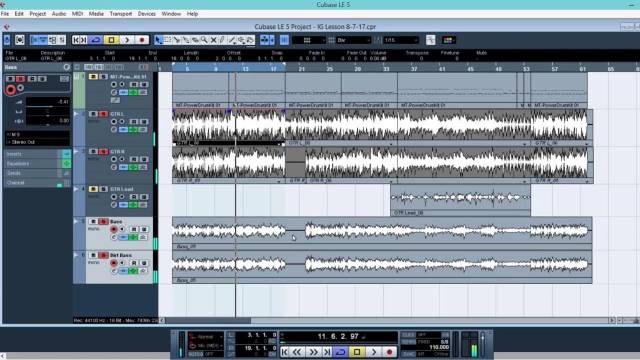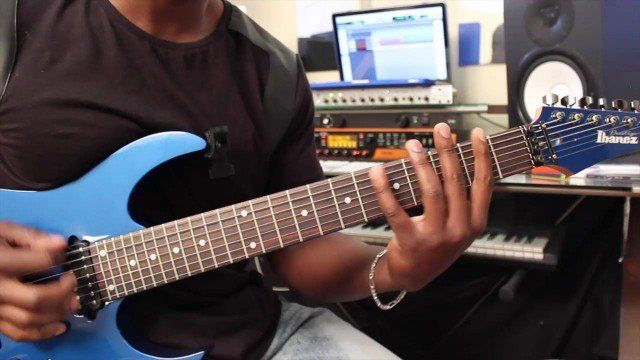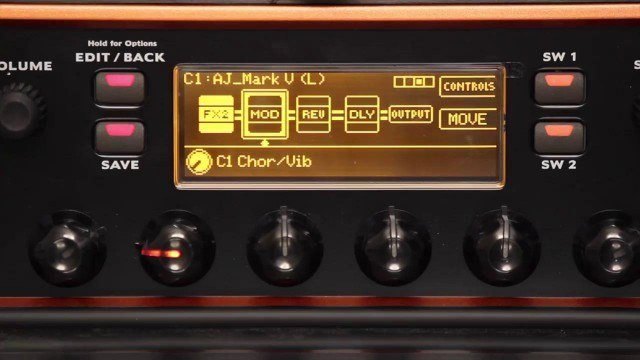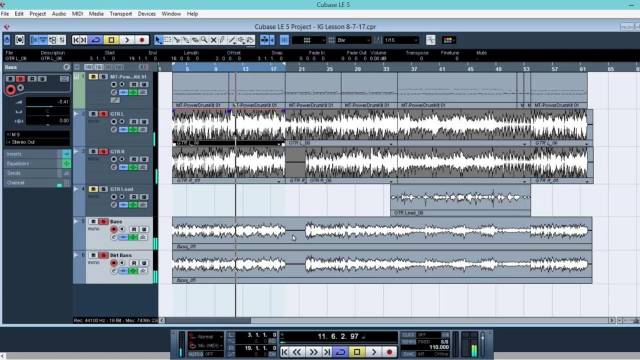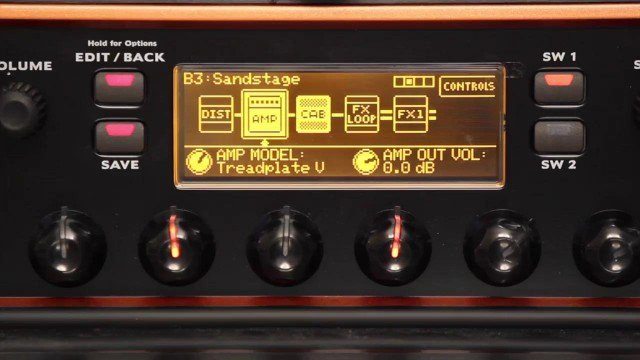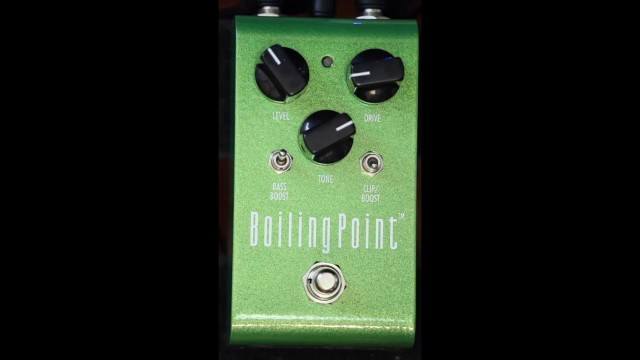Welcome to this tutorial on Getting Killer Guitar Tone for FREE!
The idea for this tutorial sprung from me looking for good software-based tone that would allow me to only bring my guitar and a small laptop to certain clinics where I either didn’t want to lug amps (or couldn’t), or a decent backline wasn’t available. I ended up trying just about all the free and paid demos out there.
Finally, I struck home with a free guitar amp simulation made by a French guy, which really killed just about every other software amp I have ever tried.
One thing I liked about it was that it was just the amp itself, with no frills or effects, and then I just added Cabinet Impulse responses to my liking.
In this tutorial, I will guide you through the free stuff I’ve come to use, and not just because it’s free, but because it’s just THAT good! We will also look at some neat tips and tricks to further sculpt your tone towards a realistic and great tone!
Now, a note here is that I will be going through the distorted sounds, since that is by far the most difficult to get right. However, feel free to experiment with the clean settings on these amps as they are really, really good as well!
First off then, you will need to download and install the plugins. I’ve made sure that the main plugin used is available for both PC and Mac platforms, so you should have no problems installing them. There are of course TONS of amp simulators out there, and I will give you an overview of the ones I find to be the best.
In this tutorial, I’m using my Mac and going through Logic, but you can use whatever DAW and OS you are comfortable with. I will give you several options to choose from.
So here we go with the list:
First off, the amps…
The French software can be found at LePou Plugins, and the amps in question are the LeGion (his own design I think, maybe based on an ENGL?), LeXtac (Bogner Extacy) and LeCto (Mesa Rectifier). My personal favorite, and the one that I will be primarily using in this tutorial is the LeGion. They’re available in both VST and AU. There are also some cool links to other free developers on this site.
Then there is another very popular (and good) software amp that is unfortunately only available for PC. It is called Boogex (Some sort of Boogie design) and can be found at Voxengo.
Yet another free plugin is made by BTE Audio. The amp in question is called Juicy 77 (Looks like a Soldano-based amp to me). It is only available for PC (VST) though. They also make a Tube Screamer virtual pedal (more on that in Part 3).
It is also possible however to convert VST plugs for use in AU platforms such as Logic. I have personally not had any success in making this work as it should, but perhaps you might have more luck than I had. The conversion software is made by FXpansion, but is not free however (I’ve only tried a demo myself, hence perhaps my lack of stability in conversions).
Then on to impulses...
The cabinet impulse response technology has really taken off in the last couple of years with the success of plugins like Recabinet and Redwirez to name two. Recabinet 3 is also out now with a killer interface, as opposed to the old days where you had to load individual .wav impulses into your DAW. There is much to be said about the benefits of paid apps when it comes to usability, but we will stick to the free stuff here (even though I will let you see a peak at a paid app like Recabinet as well, and you can always download demos of that or Redwirez to your liking).
There are TONS of great free impulses as well, and there is a site that lists the majority of them (the best ones after all), which is here (the downloads links are in the text).
Now, on to GuitarHack’s Boogie impulses. He is perhaps the most known of the free producers by far. And for a reason, his impulses are very high quality, on par with any paid app for the Boogie stuff!
Since his original 3 (of which I will demo one) he has really expanded his library to include tons of new impulses. If you like the aggressiveness of the Boogie cabs, you really can’t go wrong with GuitarHack’s stuff!
My preference is perhaps a little less on the aggressive side, which is why I tend to favor Recabinet (for paid apps) and a single impulse response of a ENGL cab that I just love! You’ll find it in the list above; the guy that made it calls himself Poidaobi. Worth noting here is that both the ENGL and the Boogie cabs have the same Celestion V30 speakers in them, but they sound vastly different due to cab construction, and due to the nature of recording the impulses. I don’t know what the respective setups of these impulses are; I just know I like them!
Once you have the impulse responses, you need a way to load them into your effect chain in your DAW. For Logic, Space Designer is the way to go (comes with the program). For Garageband, you could use LA Convolver. For those of you that use Cubase or other vst-platforms, you could use KeFIR.
EDIT: I've remembered yet another great free cab plugin! The famous "Two Notes Torpedo" is a top of the line hardware cab simulation device (which a VERY hefty price tag). They've recently also released a software version of their Cabinet impulse technology. The cool thing here is that just like the test version of ReCabinet, this also has a very user friendly interface, where you can move the mic around, add EQ and such things directly in the interface. The free version only has the one cab, but it is WELL worth adding to the above list, since it is a.) free, and b.) has a good user interface and sounds pretty great!
It can be found here at Two Notes Audio Engineering
So, now that we're armed with all of these great impulses and amps, I’ll also give you 2 neat tips for sculpting your guitar tone, and placing it in a mix. Most of the time, we only listen to the guitar tone as is (also true in this video). But in a band mix, what we might feel as a smooth, good guitar tone, tends to sound overly nasal, since the rest of the frequencies clash.
Head on over to the next video for a quick fix to this problem!

